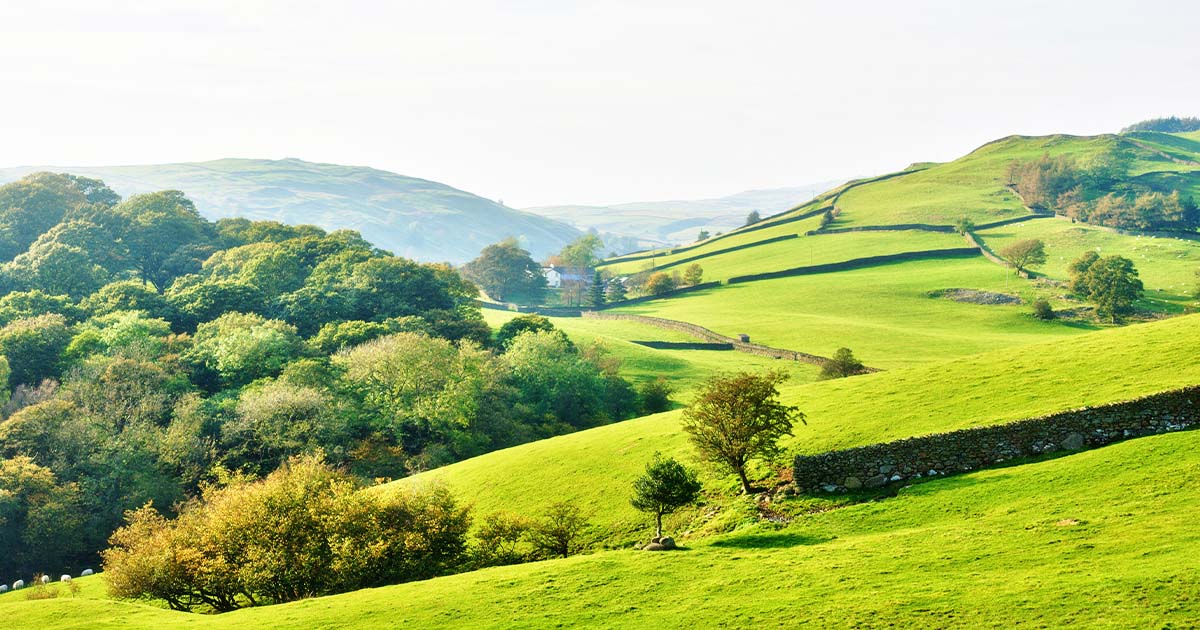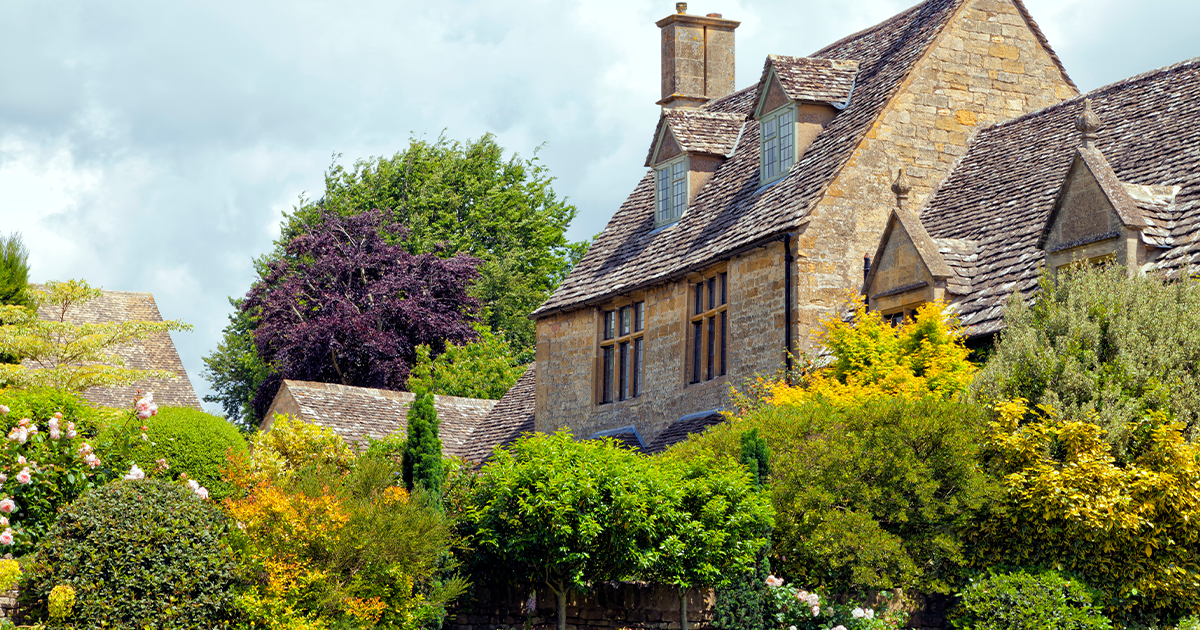Grazing with Gait Expectations – A Dickensian quirk on the moors or something more?

If you are considering buying or managing land in the Yorkshire Dales or North York Moors, you may come across the terms “gaits” or “stints”. These are not just local quirks — they are legal grazing rights that can significantly affect land use, value, and management.
What are gaits or stints?
Gaits (also called stints) are customary grazing rights on common land. They entitle a landowner or commoner (someone holding a right jointly with others, to do specific actions on common land) to graze a specific number of animals — often sheep or cattle — on shared moorland or pasture.
- A “sheep gait” typically allows the grazing of one sheep.
- A “cattle gait” might equal five sheep, one cow or something completely random, depending on local custom – rural algebra!
These rights are often attached to a property but can sometimes be severed and sold separately, depending on how they were registered under the Commons Registration Act 1965.
Why do they matter?
Gaits or stints can be valuable assets. They:
- Enable grazing on common land without owning it.
- Support farming operations, especially in upland areas.
- May be transferable, adding flexibility and potential resale value.
In some cases, they are treated almost like property rights in their own right, separate from the land they benefit.
The hidden value in hooves: Benefits for landowners
- Sustainable grazing: Stinting helps prevent overgrazing by limiting livestock numbers, preserving the land for future use.
- Tradable rights: In some areas, gaits can be sold or leased independently, offering income potential.
- Heritage and community: Holding stints connects landowners to centuries-old traditions of communal land management.
Moor than meets the eye: Things to watch out for
- Legal complexity: Not all gaits are registered or clearly defined. Some may be disputed or poorly documented.
- Severance issues: If gaits have been separated from the land, it may affect your ability to use them or sell them with the property.
- Management obligations: Holding grazing rights may come with responsibilities — such as contributing to the upkeep of the common land or adhering to local grazing rules.
- Valuation challenges: Gaits can complicate property valuation. Buyers should ensure rights are properly registered and quantified.
A last word from the herd
Gaits or stints are a fascinating blend of history, law, and land management. For landowners and buyers in the Yorkshire Dales and Moors, understanding these rights is essential — not just for legal clarity, but for making the most of your land.
If you’re considering a purchase or want to clarify your rights, it’s worth seeking specialist legal advice and checking the Commons Registration records.
Subcribe to news and views




